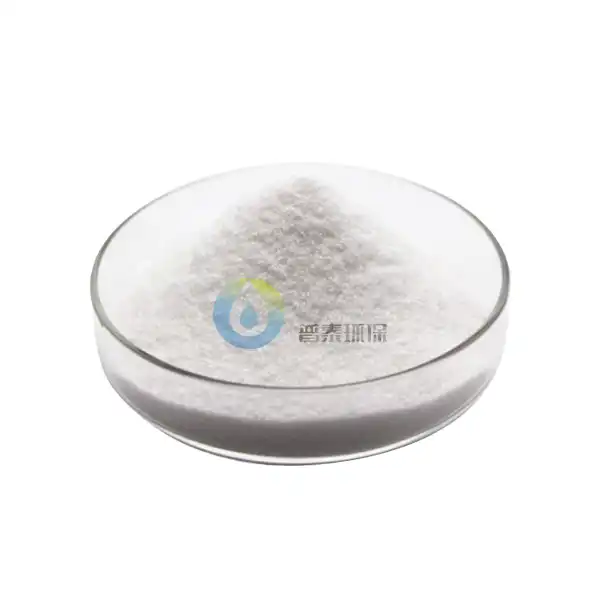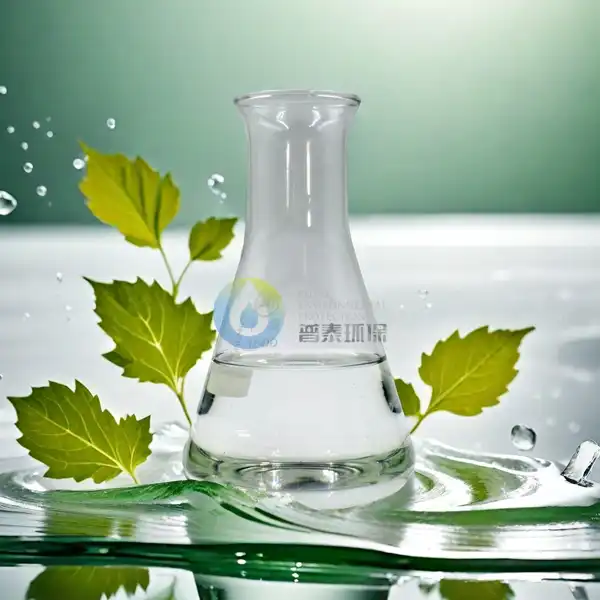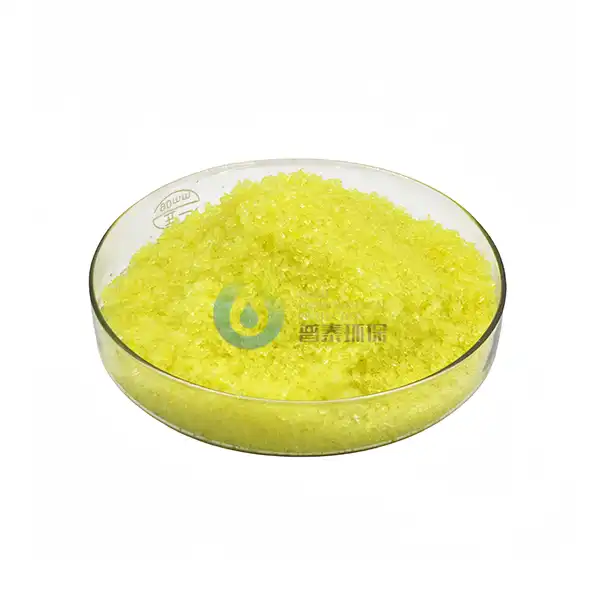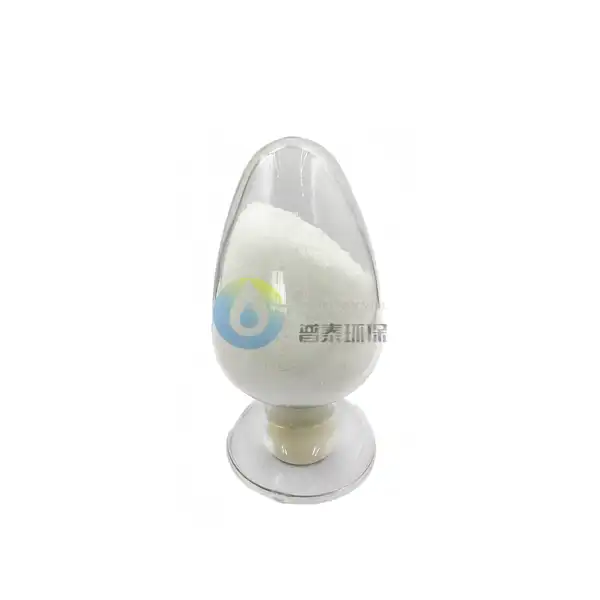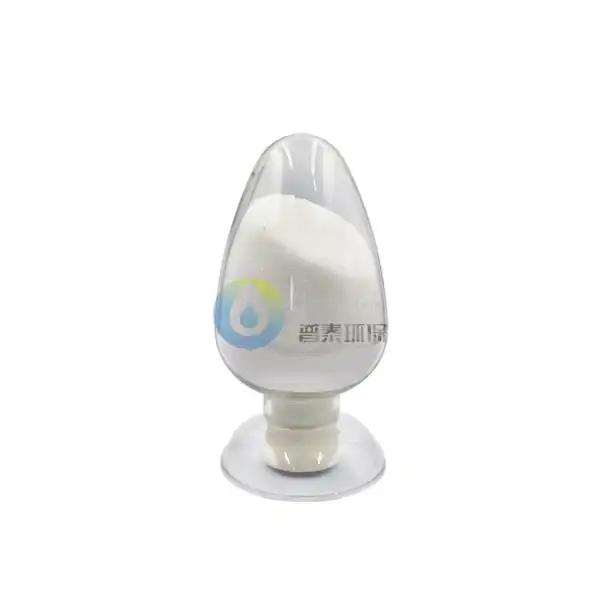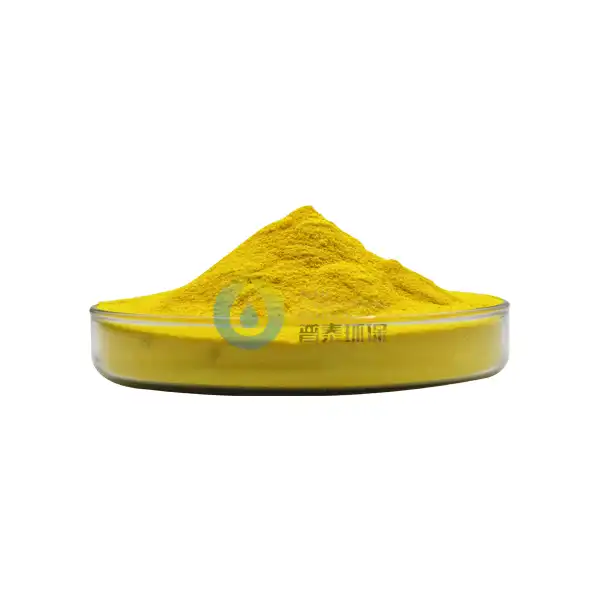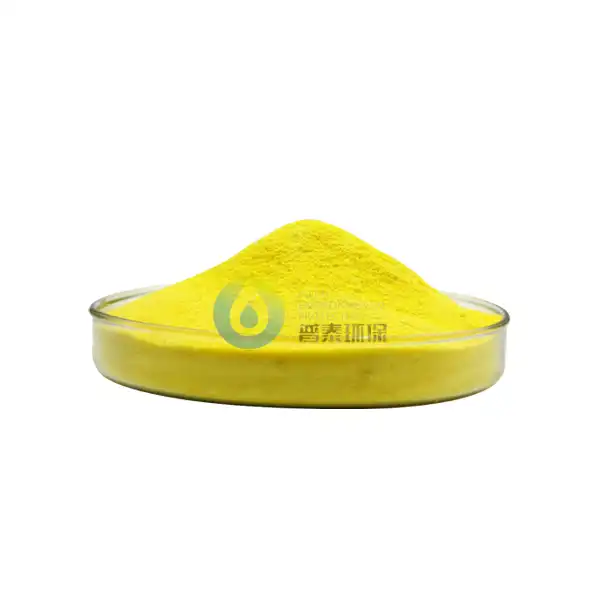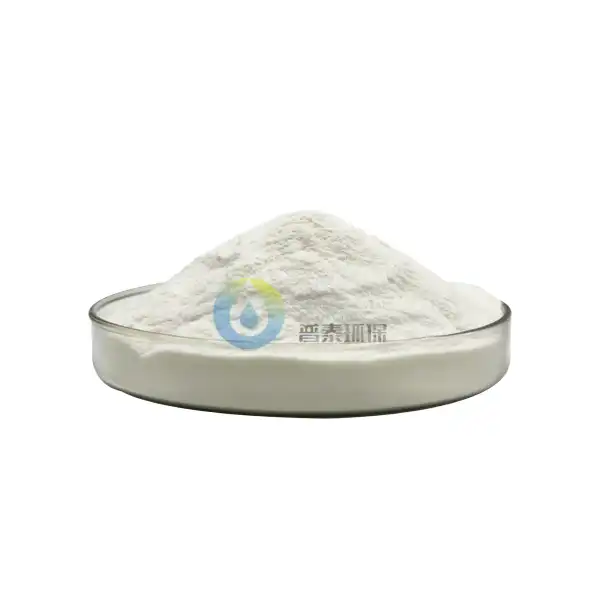What are the Advantages of Using Poly Aluminium Chloride in Drinking Water Treatment?
Water treatment is a critical process that ensures the safety and quality of our drinking water. Among the various chemical treatments available, Poly Aluminium Chloride (PAC) has emerged as a highly effective and versatile solution for purifying water resources. This comprehensive exploration delves into the multifaceted advantages of using Poly Aluminium Chloride for drinking water treatment, highlighting its innovative approach to addressing water quality challenges.
Why is Poly Aluminium Chloride Considered a Superior Coagulant in Drinking Water Purification?
How Does Poly Aluminium Chloride Improve Water Turbidity Removal?
Poly Aluminium Chloride for drinking water treatment represents a significant breakthrough in water purification technologies. The coagulation process is fundamental to removing suspended particles and improving water clarity. PAC demonstrates exceptional performance in reducing turbidity by creating larger, more stable flocs that efficiently settle out impurities. Unlike traditional aluminum-based coagulants, Poly Aluminium Chloride offers a more uniform molecular structure that enhances particle aggregation.
Research has shown that PAC can remove up to 95-98% of suspended solids in water treatment processes. The unique chemical composition allows for rapid and efficient particle destabilization, creating larger floc formations that quickly settle out of the water. This mechanism is particularly effective in removing clay, silt, bacteria, and other microscopic contaminants that compromise water quality.
The Role of Molecular Structure in Enhanced Coagulation Efficiency
The molecular structure of Poly Aluminium Chloride for drinking water treatment is a game-changer in water purification technologies. Its polymeric nature creates a more stable and reactive coagulant compared to traditional aluminum chloride compounds. The pre-polymerized structure allows for a lower dosage requirement, which translates to more cost-effective and environmentally friendly water treatment solutions.
Detailed studies have demonstrated that PAC's molecular configuration provides superior charge neutralization and bridging mechanisms. This means it can effectively capture and remove a wider range of contaminants, including organic matter, heavy metals, and microorganisms. The enhanced molecular stability ensures more consistent water treatment results across varying water conditions.
Optimizing Coagulation Performance Across Different Water Sources
Water sources present unique challenges in treatment processes, and Poly Aluminium Chloride offers remarkable adaptability. Its versatile nature allows for effective performance across a wide range of pH levels and water temperatures. Municipal water treatment plants, industrial facilities, and rural water systems have increasingly adopted PAC as their preferred coagulant due to its exceptional flexibility.
Extensive research demonstrates PAC's ability to maintain consistent performance in water sources with varying turbidity levels, organic content, and mineral compositions. This adaptability is crucial for water treatment facilities that must manage diverse water quality challenges. The coagulant's ability to function effectively in pH ranges from 5.5 to 8.5 makes it a universal solution for multiple water treatment scenarios.
What Makes Poly Aluminium Chloride More Environmentally Friendly Than Traditional Coagulants?
Reducing Chemical Footprint in Water Treatment Processes
Environmental sustainability is a critical consideration in modern water treatment technologies. Poly Aluminium Chloride for drinking water treatment stands out as an eco-friendly alternative to traditional coagulants. Its unique chemical composition allows for significantly reduced chemical dosages, minimizing the overall environmental impact of water purification processes.
The lower dosage requirements translate to decreased chemical waste and reduced sludge production. Studies have shown that PAC can reduce sludge volume by up to 30-40% compared to traditional aluminum-based coagulants. This reduction not only minimizes environmental burden but also reduces disposal costs for water treatment facilities.
Advanced Purification with Minimal Chemical Input
Water treatment facilities are constantly seeking methods to optimize their processes while minimizing chemical usage. Poly Aluminium Chloride emerges as a breakthrough solution that achieves superior purification with minimal chemical input. Its pre-polymerized structure enables more efficient contaminant removal, requiring substantially lower dosages compared to conventional coagulants.
Research indicates that PAC can achieve equivalent or superior water quality results with 20-30% less chemical usage. This efficiency is particularly significant for large-scale water treatment operations, where chemical consumption directly impacts operational costs and environmental sustainability.
Long-Term Environmental and Economic Benefits
The environmental advantages of Poly Aluminium Chloride extend beyond immediate water treatment processes. Its stable molecular structure and reduced chemical requirements contribute to a more sustainable approach to water purification. Water treatment facilities can significantly reduce their carbon footprint and operational costs by implementing PAC-based treatment strategies.
Economic analyses demonstrate that the long-term benefits of using Poly Aluminium Chloride include reduced chemical procurement costs, lower sludge disposal expenses, and improved overall treatment efficiency. The comprehensive advantages make it an increasingly attractive option for municipalities and industrial water treatment operations.
How Does Poly Aluminium Chloride Enhance Overall Water Quality and Safety?
Advanced Contaminant Removal Mechanisms
Poly Aluminium Chloride for drinking water treatment represents a sophisticated approach to comprehensive water purification. Its advanced molecular structure enables highly effective removal of a broad spectrum of contaminants, including suspended solids, organic matter, heavy metals, and potentially harmful microorganisms. This multi-layered purification approach ensures that treated water meets the most stringent safety and quality standards.
Scientific investigations have consistently demonstrated PAC's superior ability to remove complex contaminants that traditional coagulants struggle to address. The unique chemical properties allow for enhanced particle aggregation, creating more stable and efficient floc formations that effectively trap and remove impurities from water sources.
Microbiological Safety and Pathogen Reduction
Water safety extends beyond chemical and physical contaminant removal. Poly Aluminium Chloride plays a crucial role in reducing microbiological risks by effectively capturing and eliminating potential pathogens. The coagulant's molecular structure creates an environment that significantly reduces bacterial and viral presence in treated water.
Comprehensive studies have shown that PAC can reduce microbiological contamination by up to 99% when integrated into a comprehensive water treatment protocol. This capability is particularly critical in regions with limited access to advanced water treatment technologies or those facing challenging water quality conditions.
Consistent Performance Across Diverse Water Conditions
Water treatment facilities encounter numerous challenges related to varying water source characteristics. Poly Aluminium Chloride demonstrates remarkable consistency in performance across different water conditions, making it an ideal solution for diverse geographical and environmental contexts. Its adaptable nature ensures reliable water quality improvements regardless of source water variability.
Research spanning multiple continents has validated PAC's ability to maintain high-performance standards across different water sources, temperatures, and contamination levels. This consistency is a significant advantage for water treatment operations seeking a reliable and versatile coagulant solution.
Conclusion
Poly Aluminium Chloride represents a revolutionary advancement in drinking water treatment technologies. Its unique combination of efficiency, environmental sustainability, and comprehensive purification capabilities positions it as a critical solution for modern water treatment challenges.
Xi'an Putai Environmental Protection Co., Ltd. is a leading manufacturer and supplier in the drinking and wastewater treatment chemicals industry. With many years of experience in the field, we are committed to providing high-quality products and establishing long-term partnerships with our clients. Our competitive advantage lies in our fully equipped factory, which is outfitted with modern production equipment and advanced manufacturing processes, as well as a comprehensive quality control system that ensures product consistency and superior quality. Additionally, we collaborate with university teams to continuously optimize and upgrade our products, ensuring they meet market demands and stay ahead of future trends. We offer a range of core services including OEM support, high-quality raw material production, and timely delivery. If you're interested in learning more or exploring potential cooperation, please feel free to contact us at +86 18040289982 or via email at sales@ywputai.com. We look forward to the opportunity to work with you.
References
1. Duan, J., & Gregory, J. (2003). Coagulation by hydrolysing metal salts. Advances in Colloid and Interface Science, 100-102, 475-502.
2. Bratby, J. (2006). Coagulation and Flocculation in Water and Wastewater Treatment. IWA Publishing.
3. Henderson, R. K., et al. (2008). Characterisation of algogenic organic matter from aarat water reservoir. Water Science and Technology, 58(6), 1217-1223.
4. Yan, M., et al. (2008). Characteristics of a polyaluminum chloride (PAC) coagulant with low dosage for water treatment. Journal of Hazardous Materials, 165(1-3), 789-795.
5. Wang, X., et al. (2010). Performance of poly-aluminum chloride (PAC) in removing typical micropollutants. Water Research, 44(1), 96-104.
6. Li, W., et al. (2012). Evaluation of coagulation-ultrafiltration process using polyaluminum chloride for water treatment. Desalination, 284, 38-44.
